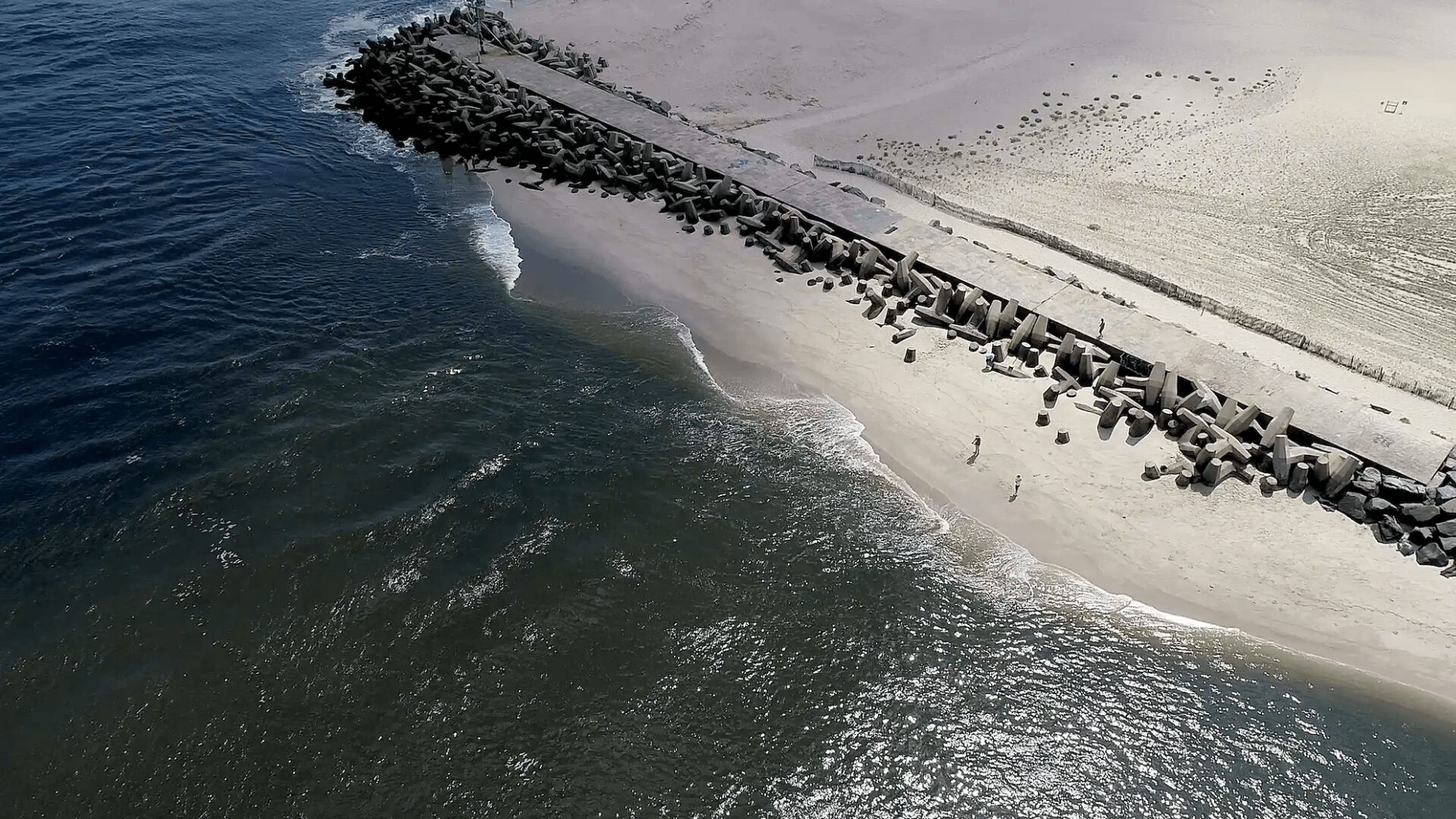Overview
The U.S. Army Engineer Research and Development Center (ERDC)’s Coastal and Hydraulics Laboratory (CHL) seeks to identify and investigate viable solutions that reduce navigation dredging requirements at shallow and deep channels.
Project Manager
Coastal and Hydraulics Laboratory (CHL), U.S. Army Engineer Research and Development Center (ERDC)
Project Objective
The objective of this project is to identify, evaluate, and characterize structural and non-structural systems—both active and passive—that can substantially reduce shoaling and minimize dredging requirements.
Background and Operational Scenarios
Navigation channels face recurring challenges with excessive sediment transport, which causes shoaling and drives frequent, costly dredging requirements. There is a need to identify and evaluate innovative structural and non-structural systems that can reduce sediment accumulation and extend the intervals between dredging events. To maintain navigable waterways, frequent maintenance dredging is often required, but this process is costly and resource intensive.
Recent research has shown that some regions are particularly sensitive to wind-blown (aeolian) sediment transport, in addition to sediment movement caused by waves and currents. To mitigate the operational costs and impacts of repeated dredging, ERDC is soliciting innovative solutions that reduce both subaqueous and subaerial sediment transport into navigation channels.
Requirements
- Candidate systems should address either hydrodynamic or aeolian sediment transport into navigation channels, or both.
- Solutions must be viable for narrow, shallow-draft, dual-jettied tidal inlets with low tidal velocities and low wave energy.
- Successful concepts will demonstrate applicability across a range of environmental settings where navigation channels are impacted by sediment transport.
Estimated Government Funding Profile
FY25 funding is not currently available for this project. ERDC considers this to be a Request for Information (RFI) only and any response is not an offer. This project does not commit the Government or ERDCWERX to pay any costs incurred in preparation of a response or guarantee a contract.
Resources may be allocated in FY26 and FY27 to assess systems at a demonstration site or in the laboratory.
Estimated Period of Performance
The estimated period of performance is 24 months. Feasibility testing may be pursued.
Expected Result
ERDC gains an understanding of available industry solutions that can be tailored to meet civil works applications in navigation systems.
Submissions may be shared as appropriate with other ERDC stakeholders. The government has the authority to decline all submitted proposals.
Notional Project Schedule
Proposed project milestones include:
| August 27, 2025 | Project Announced, Submissions Open |
| September 17, 2025 | Question Period Ends, FAQ Document Finalized |
| September 24, 2025 | Submissions Close |
| September 24-October 10, 2025 | Review Period, Virtual Pitch Hosted (if needed) |
| October 22, 2025 | Offerors Notified of Potential Next Steps |
*Dates may vary to accommodate the project team and participant availability. The government may accelerate the pre-proposal review/feedback timeline, and therefore also require earlier delivery of full proposals.
How to Participate
- Submit specific details by providing a white paper (download template)
- Review FAQs
- Once solution is ready to submit, complete the submission form
Questions: Please send all technical and administrative questions using this form. Q&A will be updated periodically. It is the responsibility of the offeror to review Q&A prior to submitting.


